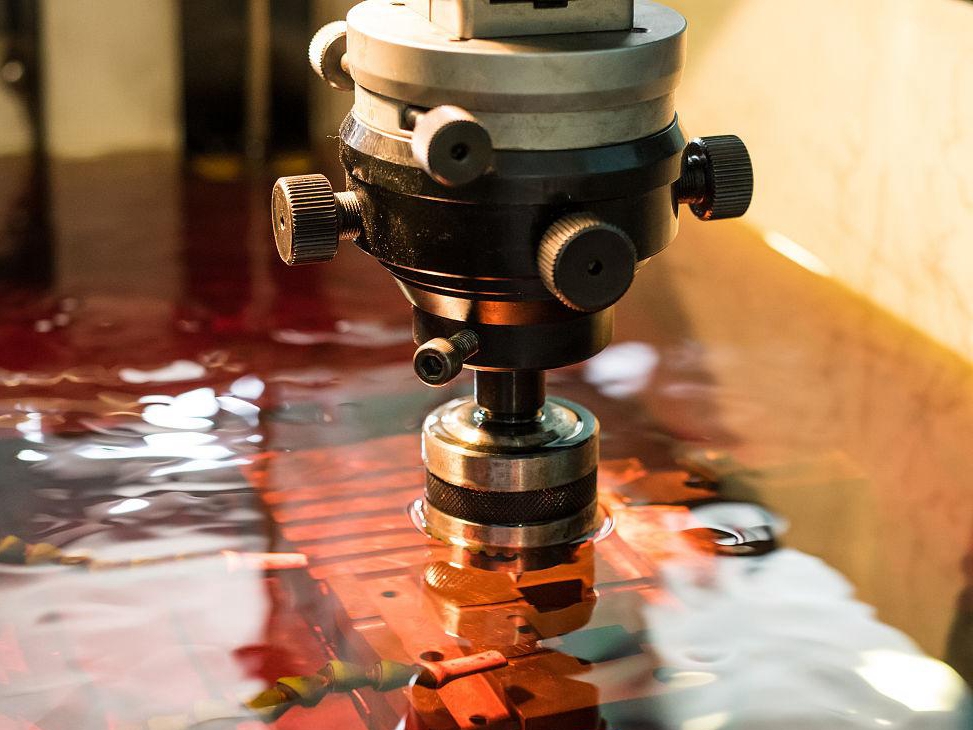Hastelloy X
Hastelloy X is a nickel-chromium-iron-molybdenum alloy known for exceptional oxidation resistance and mechanical strength at temperatures up to 1200°C. Its high-temperature durability, formability, and resistance to thermal fatigue make it highly valuable in additive manufacturing processes for aerospace turbines, industrial furnaces, and power generation components.
Industries extensively leverage superalloy 3D printing with Hastelloy X to create precision-engineered parts like combustor liners, turbine blades, and exhaust components. Utilizing additive manufacturing significantly enhances part performance, extends operational lifespan, and supports intricate geometries required in high-performance environments.
Hastelloy X Similar Grades Table
Country/Region | Standard | Grade or Designation |
|---|---|---|
USA | UNS | N06002 |
USA | AMS | AMS 5754 / AMS 5536 |
Germany | W.Nr. (DIN) | 2.4665 |
China | GB | GH3536 |
UK | BS | HR203 |
Hastelloy X Comprehensive Properties Table
Category | Property | Value |
|---|---|---|
Physical Properties | Density | 8.22 g/cm³ |
Melting Range | 1260–1355°C | |
Thermal Conductivity (at 20°C) | 9.1 W/(m·K) | |
Thermal Expansion (20–1000°C) | 15.1 µm/(m·K) | |
Chemical Composition (%) | Nickel (Ni) | Balance |
Chromium (Cr) | 20.5–23.0 | |
Iron (Fe) | 17.0–20.0 | |
Molybdenum (Mo) | 8.0–10.0 | |
Cobalt (Co) | ≤2.5 | |
Tungsten (W) | ≤1.0 | |
Mechanical Properties | Tensile Strength | ≥760 MPa |
Yield Strength (0.2%) | ≥380 MPa | |
Elongation at Break | ≥30% | |
Modulus of Elasticity | 205 GPa | |
Hardness (HRC) | 20–35 |
3D Printing Technology of Hastelloy X
Additive manufacturing technologies commonly applied for Hastelloy X include Selective Laser Melting (SLM), Direct Metal Laser Sintering (DMLS), and Electron Beam Melting (EBM). These processes harness the alloy’s excellent properties to create robust, high-temperature resistant components.
Applicable Process Table
Technology | Precision | Surface Quality | Mechanical Properties | Application Suitability |
|---|---|---|---|---|
SLM | ±0.05–0.2 mm | Excellent | Excellent | Aerospace, High-Temp Components |
DMLS | ±0.05–0.2 mm | Very Good | Excellent | Aerospace, Precision Parts |
EBM | ±0.1–0.3 mm | Good | Very Good | Energy, Heavy-Duty Parts |
Hastelloy X 3D Printing Process Selection Principles
For aerospace parts demanding precision (±0.05–0.2 mm) and fine surface finishes (Ra 3–10 µm), Selective Laser Melting (SLM) is recommended, ideal for turbine blades and combustor liners.
For complex geometries and critical high-temperature components, Direct Metal Laser Sintering (DMLS) provides comparable precision (±0.05–0.2 mm) and excellent mechanical strength, well-suited for precision-engineered aerospace and industrial parts.
When rapid build rates, good mechanical properties, and moderate precision (±0.1–0.3 mm) are required, Electron Beam Melting (EBM) is the preferred option, ideal for larger, robust energy-sector components.
Hastelloy X 3D Printing Key Challenges and Solutions
Thermal gradients during printing can create significant residual stresses, causing component distortion. Optimal support structure design and Hot Isostatic Pressing (HIP) at approximately 1150°C and pressures between 100–150 MPa effectively alleviate these stresses.
Porosity can compromise the mechanical and thermal performance of Hastelloy X. Precise laser parameter optimization (laser power 250–400 W, scan speeds 600–900 mm/s), combined with HIP, achieves density levels above 99.8%, ensuring superior component integrity.
Surface roughness (typically Ra 6–15 µm) can negatively impact aerodynamic performance. Advanced post-processing techniques like precision CNC machining or electropolishing can refine surfaces to Ra 0.4–1.2 µm, meeting stringent aerospace and industrial standards.
Powder oxidation and contamination are significant risks requiring stringent environmental controls (oxygen below 500 ppm, humidity below 10% RH) to preserve powder quality and reliability.
Industry Application Scenarios and Cases
Hastelloy X is extensively utilized in demanding applications:
Aerospace: Turbine blades, combustor liners, and exhaust nozzles for gas turbines and jet engines.
Energy Production: Industrial furnace components, combustion chambers, and high-temperature heat exchangers.
Chemical Processing: High-performance reactors and tubing exposed to extreme temperatures.
A notable aerospace case study demonstrated the use of SLM-produced Hastelloy X turbine blades, achieving superior high-temperature stability, increasing lifespan by 25%, and reducing maintenance intervals significantly compared to conventional manufacturing.
FAQs
What makes Hastelloy X optimal for high-temperature additive manufacturing applications?
Which 3D printing technologies best suit Hastelloy X?
How does Hastelloy X differ from other high-temperature superalloys like Inconel 718?
What key challenges exist in Hastelloy X additive manufacturing, and how are they addressed?
Which post-processing methods enhance Hastelloy X component performance and surface quality?



